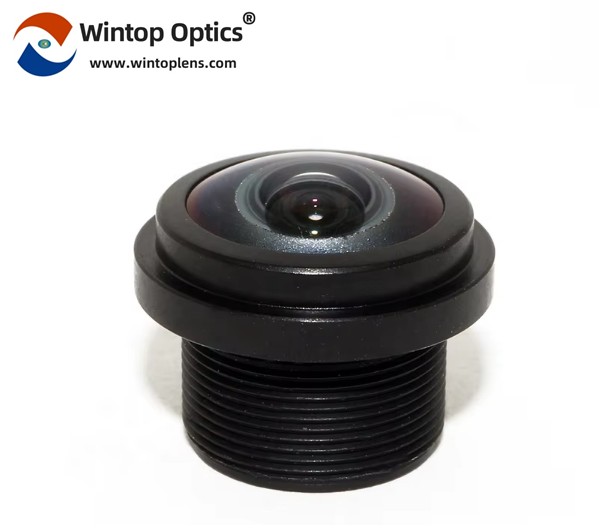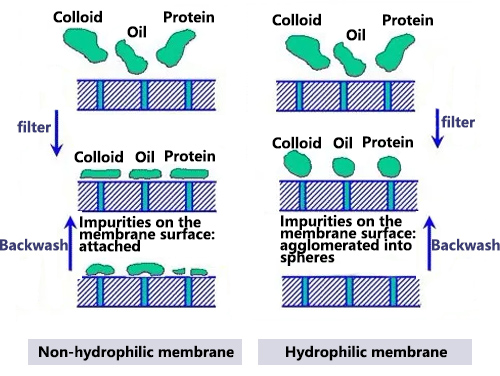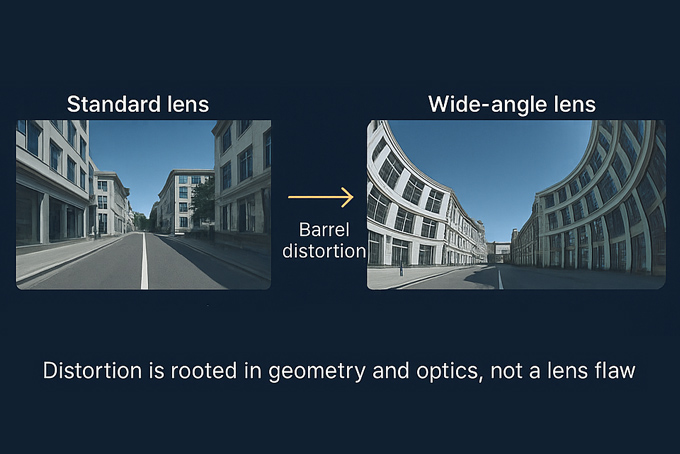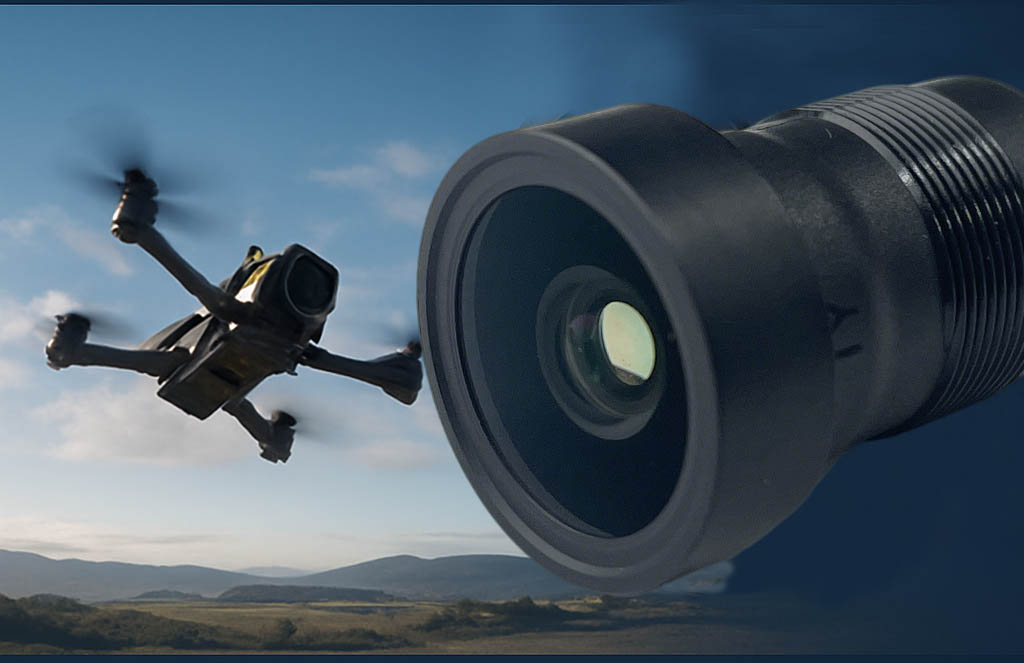How Camera Lenses Enhance the Vision and Accuracy of Delivery Robots
Nov 22, 2025
As autonomous delivery becomes increasingly common in smart cities and commercial logistics, the delivery robot is quickly transforming from a novel idea into a reliable part of everyday life. Behind each robot’s ability to navigate streets, avoid obstacles, and deliver packages safely is a critical component: the camera lens.
A high-quality delivery robot lens is essential for creating a stable and intelligent visual system. From wide-angle coverage to environmental durability, the performance of the lens defines how accurately a robot understands its surroundings.
Wide-Angle Vision for Complex Environments
Delivery robots operate in diverse and unpredictable environments—sidewalks, warehouses, shopping malls, or residential areas. A wide-angle robotics camera lens gives robots the field of view they need to detect pedestrians, pets, bicycles, and other obstacles in time.
With a broader FOV, the robot’s perception module receives more complete visual information, making navigation smoother and reducing collision risks. For autonomous delivery systems that rely heavily on computer vision, this wide-angle coverage is indispensable.
Low Distortion for Precise Object Recognition
Accurate recognition depends on accurate imaging. If a lens introduces heavy distortion, the robot’s AI algorithms may misjudge distances or object shapes.
A professional AGV lens or robotics lens minimizes distortion while maintaining clarity from the center to the edges. This ensures that visual data is clean and consistent, allowing machine-learning models to perform object detection, lane following, and path planning with higher precision.
Reliable Performance in All Lighting Conditions
Delivery robots often work day and night. This requires a lens that can handle everything from bright sunlight to dim indoor lighting.
High-quality delivery robot lenses feature enhanced low-light performance, high transmittance, and optimized coating that suppresses glare and improves contrast. Whether the robot operates at noon or during late-night deliveries, the imaging remains stable and clear.
Built for Outdoor Durability
From rain and dust to temperature fluctuations, delivery robots face challenging environmental conditions. A robust robot camera lens is built with weather-resistant materials, anti-fog design, and mechanical stability to ensure reliable operation throughout the day.
Applications such as sidewalk delivery, campus delivery, and commercial logistics all require dependable optical components that can endure long-term outdoor exposure.
Powering Smart Logistics and Autonomous Mobility
A well-engineered delivery robot lens plays a crucial role in multiple tasks:
Autonomous navigation
Obstacle detection
Package recognition
Indoor–outdoor transition
Real-time monitoring
As smart logistics continues to develop, the demand for advanced optics in delivery robots will only grow. High-precision lenses enable robots to move safely, respond accurately, and integrate seamlessly into modern intelligent delivery networks.
Advancing the Future of Robotic Vision
Optical performance is no longer just an accessory—it is a core part of a robot's intelligence. By combining wide-angle imaging, durability, low distortion, and stable performance, the next generation of delivery robot lenses will enable smoother, safer, and more efficient autonomous delivery operations.






